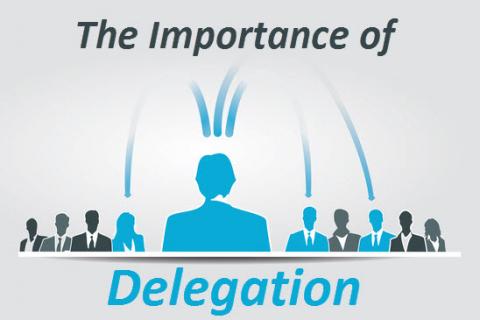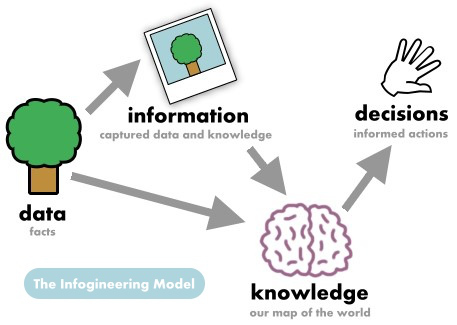Do you know how much influence your work environment has on you? It has a positive or negative impact on your mind, your daily activities, interactions with colleagues and clients, and productivity. Look now at your work place. How organised is the space? Where are you sitting in the office? Where are your colleagues? What is the noise level? These are just some elements we experience every day at work. Curiously, we tend to get used to them after some weeks and rarely think back. Let’s discover some of the factors which nudge towards productivity.
People
Many are familiars with open spaces, cubicles, personal offices, meeting rooms or any combination of these. Each of these spatial arrangements influence how colleagues interact with each other on a daily basis. These settings comes with pros and cons. For instance, open spaces lower the barrier to interact with colleagues in close vicinity. The main cons are related to noise and regular interruptions.
In the book: “Work Rules” by Laszlo Bock, former Senior VP of People Operations at Google, there is a description of how the company strategically locates snacking spaces, in the buildings, to foster communication between people from various departments. A similar reflection has been made by Pixar Animation Studio, where the toilets were initially located on the plans of the Steve Jobs building to maximise random meeting of people from various crafts.
Process
Are you aware of the fact that a room distribution is an indicator, sometimes silently, of the dynamic and process which will happen during a meeting? For the same amount of people, one can expect a circle or rows seating plan for instance. The second for a one-way information sharing, while the first would be better for multiple-ways sharing. Furthermore, small rooms can be good for calls, private meetings and/or some personal work. While a bulk of 5 to 7 workstations indicates a close collaboration between the people sitting there.
In Creativity Inc, by Ed Catmull, current president of Pixar, there is a story that describes how a piece of furniture turned out impeding the quality of the interactions for projects’ development. The company holds weekly meetings with producers. These meetings were taking place in a big room at the centre of which was a long table. The attendance could go to, at times, over 30 people. Even though it was not planned, some kind of tradition settled in. Ed Catmull and the key people at the meeting would be sitting at the centre of one of the width side. Consequently, this disposition, which put the “key” people in the centre, tended to push the others further away. It started to hinder the quality of these reviews up to a point which threatened the proper development of projects.
They had to find a solution that would:
– reaffirm that everyone involved in a project could speak no matter her/his rank,
– bring back the interaction the meetings were supposed to bring forth, and
– correct a situation which was not intentional.
They removed the table.
Place
One might think that we should let such discussion to an architect, an interior designer or even the HR people at the company. At Leadership in Business World we think that managers are also directly in charge of the working environment of their teams. Choosing the right place for a specific work, setting the daily work space to maximise comfort, productivity and camaraderie among colleagues. Apply and be ready to add a practical layer to your teamwork capabilities.









